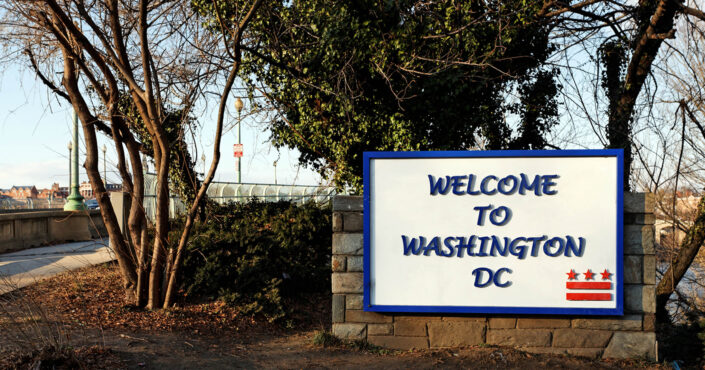Besides government-driven agendas, the nation’s capital is a beautiful city featuring impressive architecture and spectacular scenery enhanced by four distinct seasons. Washington, D.C., can be an exciting place to live and work, with tons of iconic historical attractions, renowned museums and unique cafes, boutiques, farmer’s markets and other shopping and dining venues. It also boasts a thriving nightlife and a fantastic variety of art, cultural, food and music festivals every year. While the largest employers in Washington, D.C., are government entities (obviously), healthcare employers are also plentiful. Nurses and allied health professionals working in Washington, D.C., find much to love about this compact city on the Potomac River.
Top Hospitals in Washington, D.C.
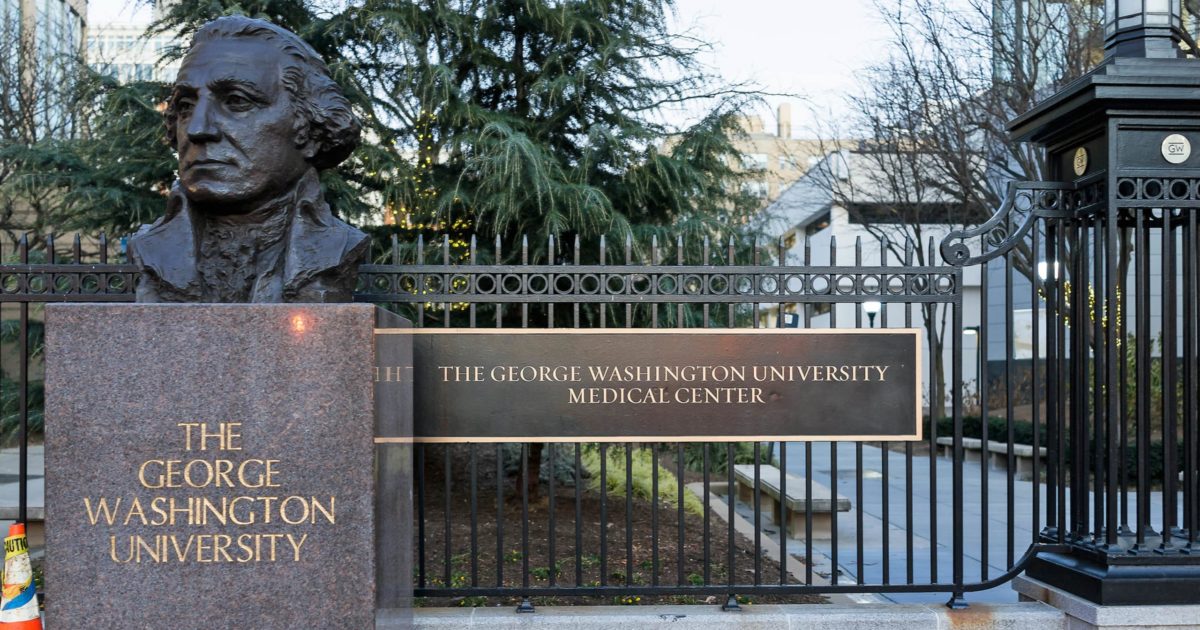
According to DC Health, the nation’s capital boasts six acute care hospitals, two long-term acute care hospitals, an acute care children’s hospital and four specialty services hospitals in the city. Healthcare professionals also have numerous ambulatory care centers, ambulatory surgical centers, dialysis facilities, home health agencies, hospice facilities, intermediate care facilities, maternity centers, nursing homes and substance abuse treatment facilities in which to find employment.
The District of Columbia Department of Employment Services estimates that employment at hospitals in the greater Washington, D.C. metro area will increase by 6.6% from 2020 to 2030, creating even more opportunities for healthcare professionals looking for permanent and travel positions in the area. In 2019, healthcare and social assistance was the fourth-largest sector of employment, with about 11% of all private sector jobs in the District within the healthcare industry. Top healthcare employers in Washington, D.C., include the following:
- MedStar Washington Hospital Center: MedStar Washington ranked as the No. 2 hospital in Washington, D.C., and ranked nationally in cardiology and heart surgery in 2022-2023. It also rated high performing in three adult specialties and 12 procedures or conditions. This 912-bed academic and research center is a general medical, surgical and teaching hospital and the largest, busiest hospital in the greater Washington, D.C., metropolitan region. It’s renowned for handling the most complex cases in the region, including those involving cardiovascular disease, stroke, trauma, neurosurgery, cancer and burn patients.
- MedStar Georgetown University Hospital: Ranked the No. 3 hospital in Washington, D.C., MedStar Georgetown ranked nationally in treating cancer in 2022-2023. It also rated high performing in five adult specialties and six procedures or conditions, including performing colon cancer and lung cancer surgeries. MedStar Georgetown is a 609-bed teaching hospital and the first in Washington, D.C., to receive Magnet recognition for its excellence in nursing care in 2004. Other notable awards and recognition include the designation by the National Cancer Institute as a Comprehensive Cancer Center, national accreditation from the Commission on Cancer of the American College of Surgeons and the Joint Commission’s Comprehensive Stroke Center Certification.
- Johns Hopkins Medicine-Sibley Memorial Hospital: Sibley Memorial is a 342-bed acute care, medical and surgical facility ranked as the No. 7 hospital in Washington, D.C., in 2022-2023. It also rated high performing in nine procedures or conditions, including treating kidney failure, stroke and hip fractures, and performing back surgeries and hip and knee replacement. Healthcare staff deliver a broad range of medical services, from primary care to specialized treatment. This close-knit, highly sophisticated community hospital believes in investing in its employees as people and professionals, providing an atmosphere rich in personal and professional satisfaction.
- Children’s National Hospital: Nationally ranked in 10 children’s specialties, Children’s National Hospital ranked No. 5 nationwide on the Best Children’s Hospital Honor Roll in 2022-2023, with a first-place national ranking in neonatology. It also ranked as the No. 1 children’s hospital in Washington, D.C., and No. 2 in the Mid-Atlantic area. Children’s National is a 323-bed teaching hospital with an on-site PICU, NICU, pediatric emergency department and children’s wellness program. It’s received Magnet recognition for its excellence in nursing since 2010 and earned the LGBTQ+ Healthcare Equality Leader designation from the Human Rights Campaign Foundation in 2022.
Average Nurse and Allied Health Pay Rates in Washington, D.C.
Vivian had more than 2,500 postings for various nursing or allied health jobs in Washington, D.C., in the last week of 2022. Positions included staff and travel roles at top hospitals and other healthcare facilities throughout the District of Columbia. Just over the border, we also listed more than 7,000 jobs in Virginia and more than 5,000 jobs in Maryland during this period. The following table demonstrates the average and max pay for RNs and allied health workers in Washington, D.C., going into 2023.
| Discipline |
Average Pay Rate |
Max Pay Rate |
| Staff Registered Nurse |
$50/hour |
$69/hour |
| Travel Registered Nurse |
$2,837/week |
$6,029/week |
| Staff Allied Health Professional |
$43/hour |
$46/hour |
| Travel Allied Health Professional |
$2,658/week |
$4,269/week |
Top recruited nursing specialties included med-surg, home health, ICU, OR, ED, clinical, float, labor and delivery, telemetry, intermediate care, PCU, pediatric, NICU, nurse case management and nurse management. In-demand allied health professionals included pharmacy technicians, medical assistants, phlebotomists, respiratory therapists and CVOR, cath lab, IR, sterile processing, CT, ultrasound, MRI, surgical and medical techs. You can easily check the average and max salaries for any discipline and location with Vivian’s salary tool.
Cost of Living in Washington, D.C.
Washington, D.C.’s cost of living index was 153.4 during the third quarter of 2022, putting its living costs higher than every state except Hawaii. Housing plays a significant role in the elevated living costs in the nation’s capital, as these costs are some of the highest in the country. The price of homes to rent or buy generally runs more than double the national average.
According to RentCafe, the average monthly rent in Washington, D.C., was $2,356 in September 2022, and the average home price was around $1 million. However, Rocket Homes listed the average home price for this area at about $655,000 and had several home sale listings between $200,000 and $500,000 at the close of 2022. Healthcare workers may also find lower housing costs in some of the many suburbs surrounding the D.C. area.
Conversely, Washington, D.C., is relatively tax-friendly to middle-class families. It has a graduated income tax system, ranging from 4% to 10.75%. Under this system, you’d pay 4% on your first $10,000 of your yearly income, then it goes up from there, but the highest amount doesn’t kick in until your income hits the $1 million mark. Healthcare professionals don’t usually reach this bracket.
Another perk is the district-wide sales tax of 6%, much lower than in many states, and groceries are tax-exempt. Property taxes are the lowest in the region and lower than the national average, with homestead exemptions available for staff healthcare workers who own and occupy their homes.
Top Locations to Live in Washington, D.C.
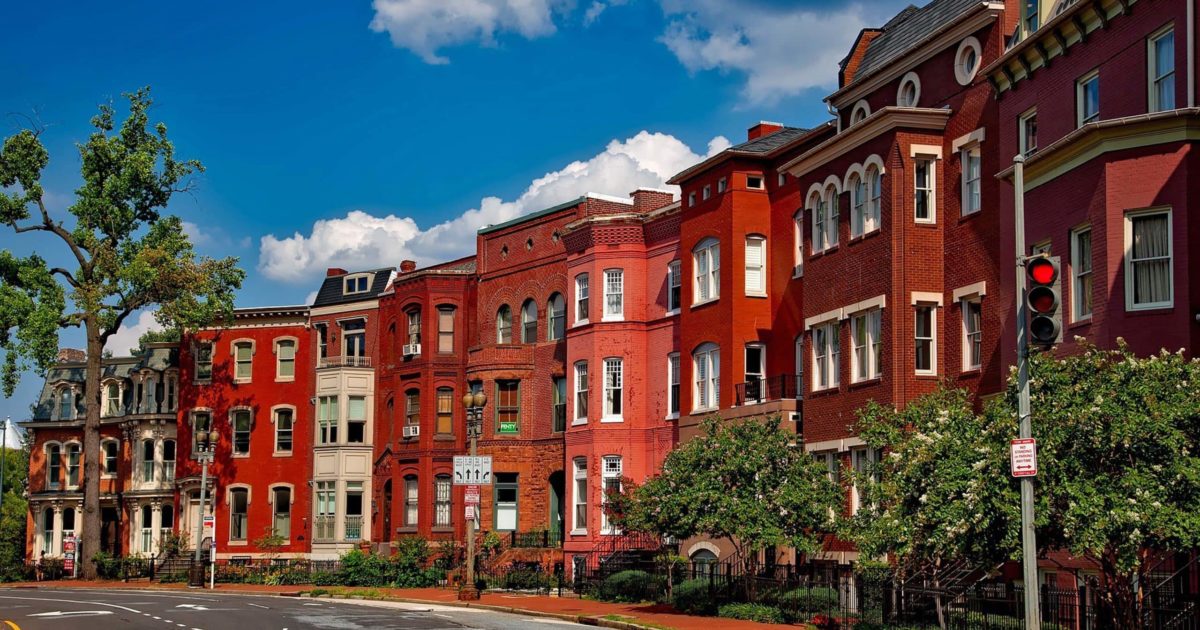
Washington, D.C., is an eclectic city with more than 30 distinct neighborhoods, from quaint to colorful, and each one is unique. Thanks to the District’s walkability and extensive public transportation system, nurses and allied health professionals can live where it feels like home and still be able to explore the area and get to work quickly and easily. Some of the most renowned neighborhoods include these historic areas.
Capitol Hill
Capitol Hill is probably one of Washington, D.C.’s most famous neighborhoods, and it’s definitely one of its oldest. Stretching across the city’s Southeast and Northeast quadrants, it features well-maintained townhouses and all the government buildings you’d expect, including the Capitol, Supreme Court, Library of Congress and congressional buildings. This neighborhood is often home to families, young professionals and long-time residents. It offers convenient access to various restaurants, coffee shops, grocery stores, fitness centers, parks and other amenities. Capitol Hill is also home to the famous Eastern Market and the National Mall, giving residents even more reasons to remain within the neighborhood. When you need to access other parts of the city, it has several Metro stops, making getting around super easy.
Georgetown
On the Northwest side of Washington, flanking the Potomac River, is the Georgetown neighborhood. It’s the city’s oldest and most upscale neighborhood, with impeccably maintained, historic row houses, walk-up apartment buildings and new townhomes. Narrow, tree-lined cobblestone streets radiate charm, with plenty of amenities nestled among residential areas. Restaurants range from no-frills cafes to upscale dining establishments, and residents enjoy plenty of high-end shops, nightlife spots and greenspaces for spending time outdoors. Georgetown also offers supreme walkability, making it easy to get around the neighborhood, but accessing public transportation can be a bit difficult as it doesn’t have a Metro station.
Foggy Bottom
Foggy Bottom earned its name from the morning mist that rolls off the Potomac River and is convenient for nurses and allied health professionals working at nearby George Washington University Hospital. Residents tend to be college students, young professionals or couples without children, as there aren’t any elementary schools in this neighborhood. Housing options lean towards co-ops and high-rise condominiums, with very few single-family homes available. Proximity to George Washington University and the Kennedy Center means a wide selection of cafes, coffee shops, bars and nightly entertainment. Dupont Circle is within walking distance, providing all the shopping and dining venues you might be missing, and the neighborhood has easy access to a major Metro station and several bus lines.
The Suburbs
Many young professionals and families seeking single-family homes and/or cheaper housing choose to live in the suburbs. Cities just over the border, like Arlington or Alexandria, Virginia, and Silver Spring or Bethesda, Maryland, have relatively short commutes, between 5 and 30 minutes by car. They also offer easy access to the Metro rail or bus lines that take you right into Washington to eliminate the drive. Living in one of these nearby cities not only provides easy access to all of Washington, D.C.’s amenities but also offers plenty of their own, including restaurants, stores, parks, nightlife and top-notch schools for healthcare workers with children.
Popular Washington, D.C. Attractions
Nestled between southern Maryland and northern Virginia, Washington, D.C., sits along the Potomac River and offers an active lifestyle filled with lots of interesting things to see and do. The sheer number of sites and places teeming with history can occupy a lot of your time between shifts. The Smithsonian Museum complex alone can take days to explore fully. Should you ever tire of Washington’s plentiful attractions, visiting Virginia or Maryland offers even more to see and do just over the border. Whether you’re looking for cultural hotspots, museums, or monuments, Washington, D.C., has you covered with some of the most popular attractions in the nation, including these.
U.S. Capitol Building
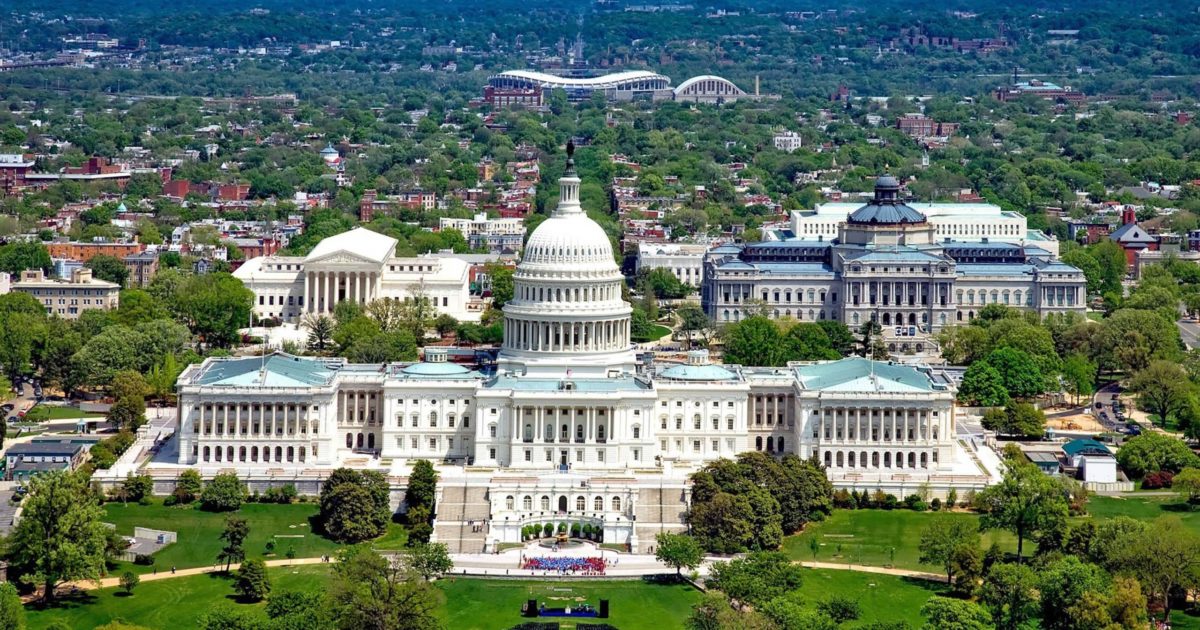
Anyone spending any time in D.C. should take a tour of the United States Capitol Building at least once. The nation’s capitol provides tours, activities and programs free of charge to the public. Interactive exhibits and hands-on learning activities give visitors a glimpse into how Congress works and provides the history of the U.S. Capitol.
National Archives Museum
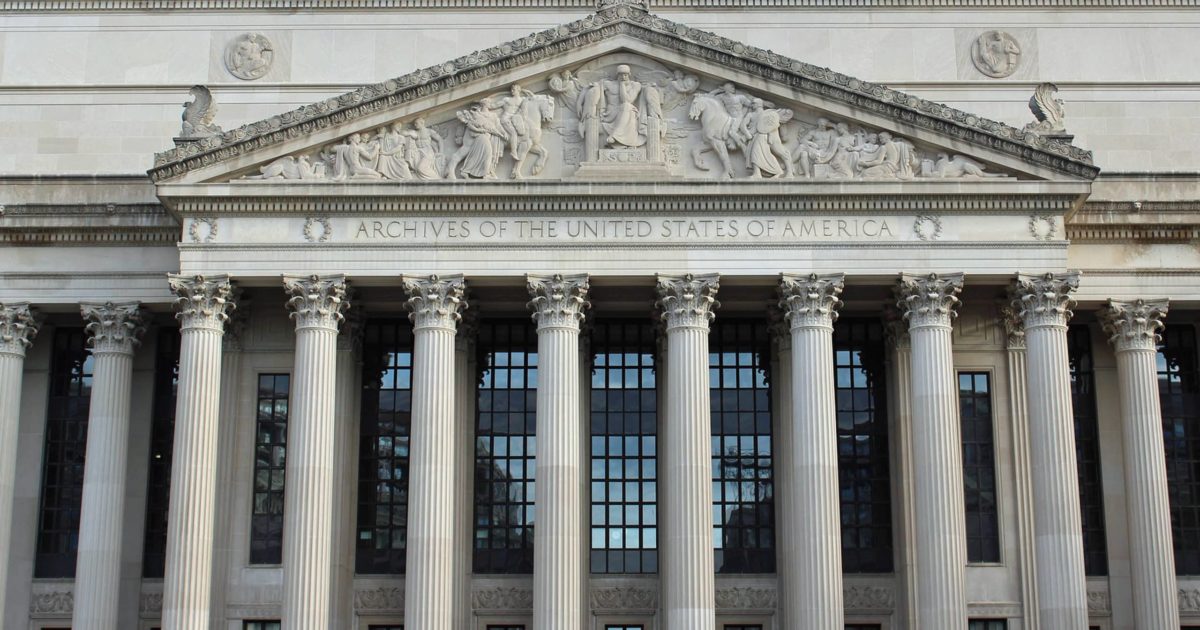
Another must-see attraction is the National Archives Museum, where you can see original copies of the country’s founding documents, including the Declaration of Independence, Constitution and Bill of Rights. You can also read hand-written letters from George Washington, Alexander Hamilton and John F. Kennedy. Discover other treasures in the stacks of the Public Vaults, where you can actually touch certain historical documents and photos.
Monuments and Memorials
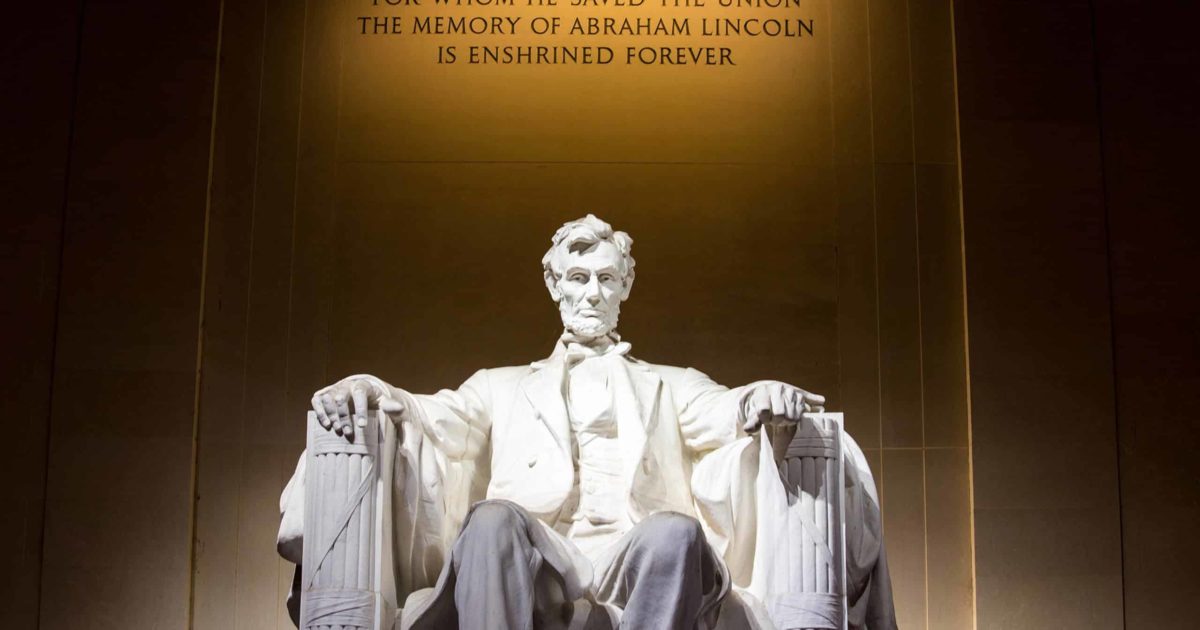
Washington, D.C., is renowned for its monuments and memorials. These permanent symbols of great leaders and moments in time bear witness to our nation’s history. Besides the big three, the Washington Monument, Lincoln Memorial and Jefferson Memorial, the city is brimming with iconic sites you shouldn’t miss. Popular spots on many monument tours include the Dwight D. Eisenhower Memorial and Franklin Delano Roosevelt, Martin Luther King, Jr., Iwo Jima, Korean War, World War II and Vietnam Veterans memorials. Notable dignitaries from other countries displayed in bronze on Embassy Row include Winston Churchill, Mahatma Gandhi and Nelson Mandela. Most monuments and memorials are open 24 hours daily and are free of charge or have a nominal fee.
National Mall
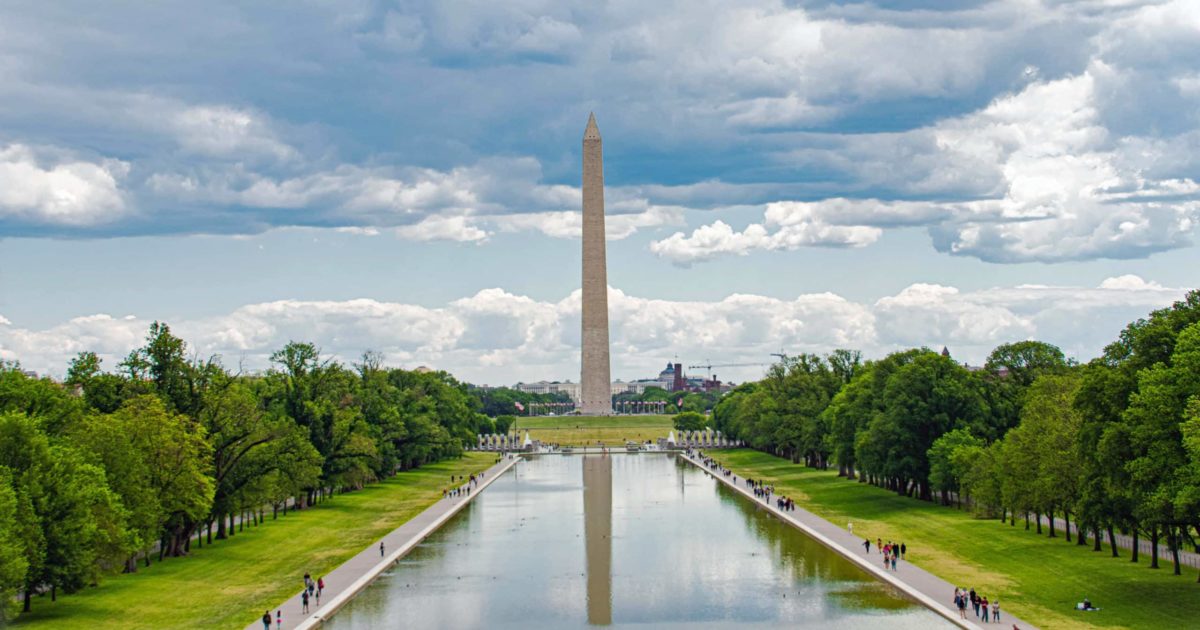
This amazing outdoor venue runs from the U.S. Capitol to the Lincoln Memorial on the banks of the Potomac River. Not only is the National Mall the site of several iconic memorials and monuments primarily along Constitution Avenue, but it’s also home to 1,000 acres of greenspace, three distinct golf courses, the East Potomac Tennis Center, a heated public pool, paddle boats on the Tidal Basin and fishing opportunities along the banks of the Tidal Basin and East and West Potomac Park. You’ll also find numerous museums on the National Mall, most with free admission, including the National Gallery of Art, United States Holocaust Memorial Museum, National Museum of American History, National Museum of African American History and Culture and many more.
Smithsonian Institution
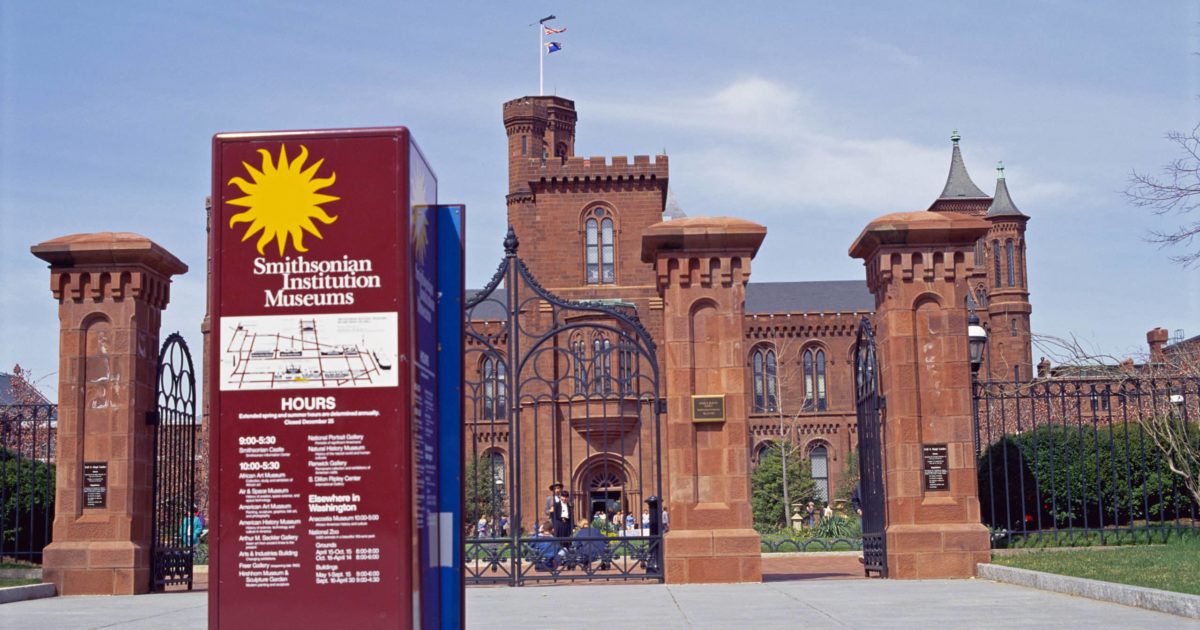
Speaking of museums, the world-renowned Smithsonian Institution encompasses 17 museums, art galleries and a zoo. It’s the world’s largest museum and research complex. The Smithsonian’s 1.5 million-square-foot National Museum of Natural History is the most visited natural history museum in the world and boasts an awe-inspiring collection of more than 140 million items. The museum regularly rotates displays featuring dinosaur bones, ancient Egyptian mummies and the Hope Diamond, to name a few. Like all Smithsonian museums in Washington, D.C., the Museum of Natural History doesn’t charge an entry fee and is open every day except Christmas Day.
Washington, D.C. Foodie Scene
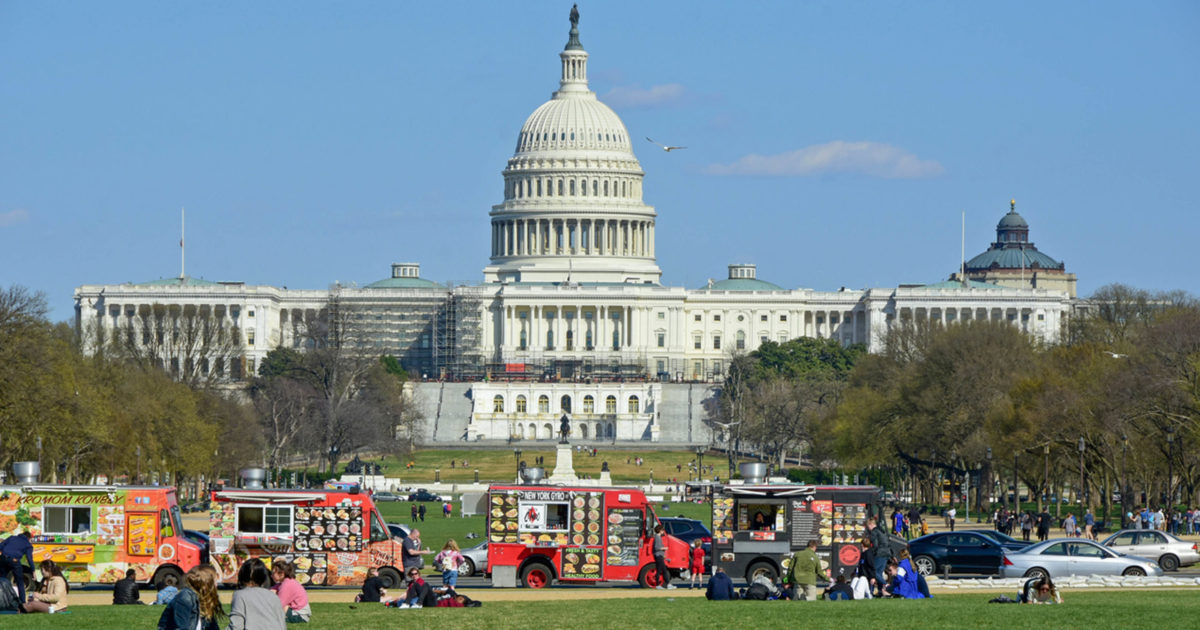
As the United States political epicenter, Washington, D.C. attracts a diverse array of people. Hence, its culinary scene is a hotbed of creativity reflecting the melting pot of cultures and ethnicities in the nation’s capital. Nurses and allied health professionals will discover tons of interesting eateries, from trendy tapas joints and zesty Spanish cuisine to succulent oyster shooters and haute cuisine at historic high-end restaurants worthy of any gourmand. The Atlas District features a strip of ethnic restaurants offering Caribbean street food, Belgian fare, Japanese dishes, Mediterranean cuisine and much more.
Quintessential restaurants like 1789 and The Hamilton serve traditional and contemporary seasonal menus filled with local flavors and fresh regional ingredients for those wanting a traditional taste of Washington. On the flip side, food trucks have become extremely popular in D.C., especially along the National Mall. These restaurants on wheels serve every type of food imaginable, offering an eclectic dining experience just steps from the Capitol.
Getting Around the Nation’s Capital
Washington, D.C., is a surprisingly walkable city, with many residents and visitors using their own two feet to get around. For those needing to travel more than a few blocks, going by car isn’t advised. D.C. regularly ranks as the worst city for driving nationwide, and taxis are incredibly pricey options. However, the Washington Metropolitan Area Transit Authority (WMATA) public transportation system offers several convenient ways to get around D.C. and nearby states.
Its Metrorail system has six color-coded rail lines, with a seventh under construction, picking up and dropping off riders at 100 stations throughout the District and into Maryland and Virginia. The WMATA also operates more than 1,500 buses along 270 routes. You can even take a Metro train to the closest of the area’s three airports, Ronald Reagan Washington National Airport in Arlington, Virginia, or take the Silver Line Metrorail train that went online in November 2022 to Washington Dulles International Airport located about 30 miles northwest of Washington, D.C.
If you’re looking for a new staff or travel nursing or allied health job in the nation’s capital, Vivian Health can help. Our platform connects healthcare professionals with top employers in Washington and around the country by focusing on salary transparency, a speedier hiring process and matching the ideal candidate with the perfect job. We provide career tips for Washington, D.C. nurses and empower all healthcare workers to find top-notch job opportunities by creating a reusable Vivian profile to apply for multiple jobs simultaneously and easily connect with recruiters.





